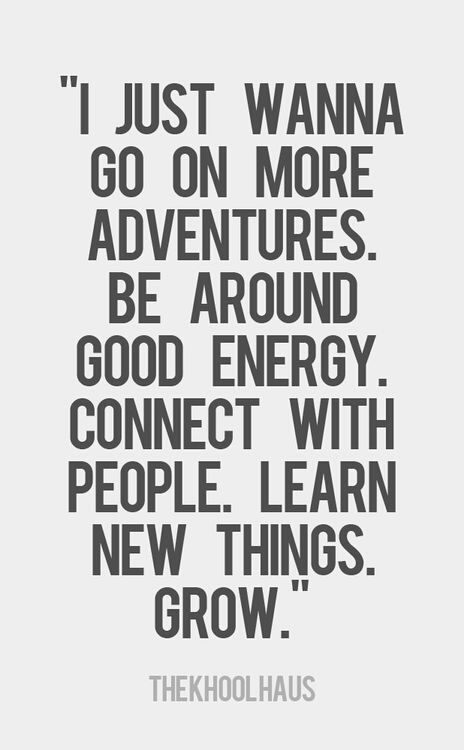Much has been said in recent years about communities: what they are, how marketers can benefit from them, and how they’ll change in the future. Today’s marketers already know that online communities are important, which is a big reason why 80% of SMB’s are using social media networks to drive growth (Go-Gulf, 2014).
It’s crucial to understand, however, that creating a community means much more than just posting funny animal pictures to social media followers or tweeting about how awesome you are.
Let’s take a look at how the idea of a community has developed over time, how the best brands are building communities, and what marketers can do to make the new community concept work for them.
Communities Past & Present
In older times, the idea of a community was governed mostly by your location. Your community was the group of people who grew up around you, attended the same school, or went to work with you.

In a nutshell, this means that communities today are created more deliberately than they were in the past. As a result, communities have the potential to be much more engaging, because they are based on how people identify themselves, not who sits in the cubicle next to them. There are few things that people are more attached to than the fundamental ways they identify themselves: father, daughter, writer, marketer, baseball fan, and so on.
The Many Flavors of Online Communities
This change in the dynamic of communities can be observed in a microcosm on some of the more popular social networks. Take Facebook, for example. Like the real world, Facebook has a lot of people: 1.39 billion per month as of January 2015, to be exact (Search Engine Journal). Within that population, smaller communities exist: groups based on occupation, special interests, and etc. The same idea holds true for LinkedIn: the creation of industry groups, company pages, and discussion threads means that people can pick and choose which communities within a larger population that they want to be a part of.
This information is all great and interesting enough on its own, but what does it mean for marketers? Some of the most forward-thinking brands are already applying this new community concept in their marketing efforts.
How Marketers Should Leverage Communities
Savvy businesses understand that the old days of outbound, product-centric marketing messages are behind us. The focus now is on building relationships with customers and prospects by providing them with value.
The most effective marketers, however, are taking this idea one step further: they are making connections with customers and allowing their customers to create connections with one another.

We can even find examples of brands building customer communities outside of the digital world. Popular inbound marketing company HubSpot, for example, created HubSpot User Groups (HUGS) to promote real-world discussions of their marketing platform. Although HubSpot provides financial assistance and advice for these meetups, the scheduling, structure, and content of group meetings are all handled by group leaders, who are actual HubSpot customers, not company employees.
Key Takeaway: The best marketers don’t just add value for prospects and customers: they make them feel like they are a part of something. The future of marketing is not just providing valuable content to help people connect with your company, but establishing communities where people can come together to share their stories and connect with other people.





